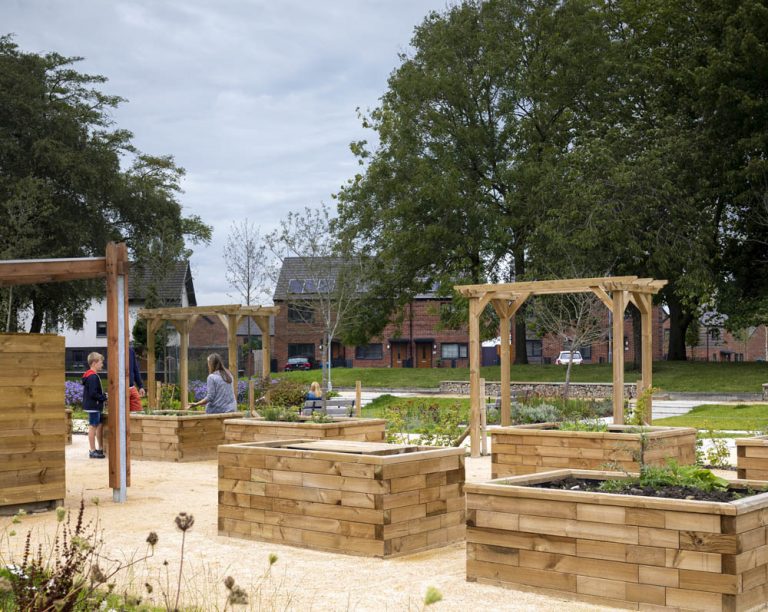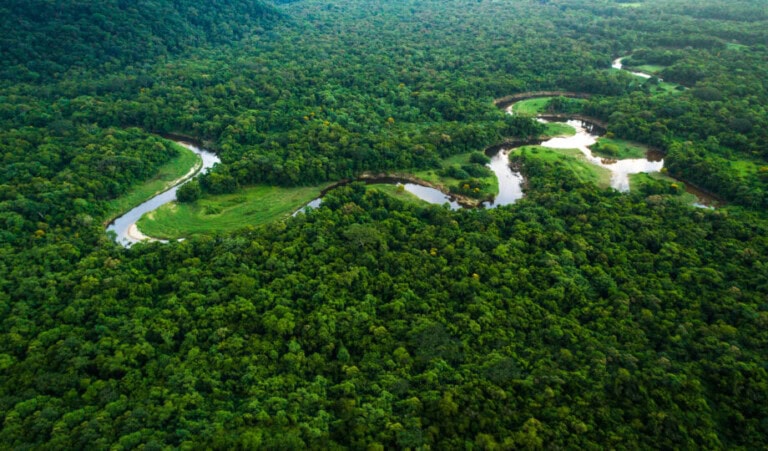Nature Based Solutions

Why Nature Based Solutions?
Our towns and cities are facing a variety of challenges, from rising temperatures & extreme weather to poorly considered neighbourhoods that are vulnerable to a variety of urban stresses like air pollution & noise. When looking to tackle these issues, Nature Based Solutions (NBS) can be a crucial tool.
NBS, including green walls, green roofs, urban parks, SUDs and street trees, bring a wide range of benefits to urban areas. This includes: improved temperature regulation, better air & water quality, carbon storage, biodiversity hotspots, increased footfall to commercial areas and improved health & wellbeing for local residents among many others. However, we currently work in a sector where nature is seen as a ‘nice to have’ in our cities – UKGBC is on a mission to change this.
Through providing guidance on how they should be used, and frameworks to understand their ‘true’ value, we want to make NBS a core part of urban development. By answering key questions and working with industry we believe we can make this much needed shift happen.
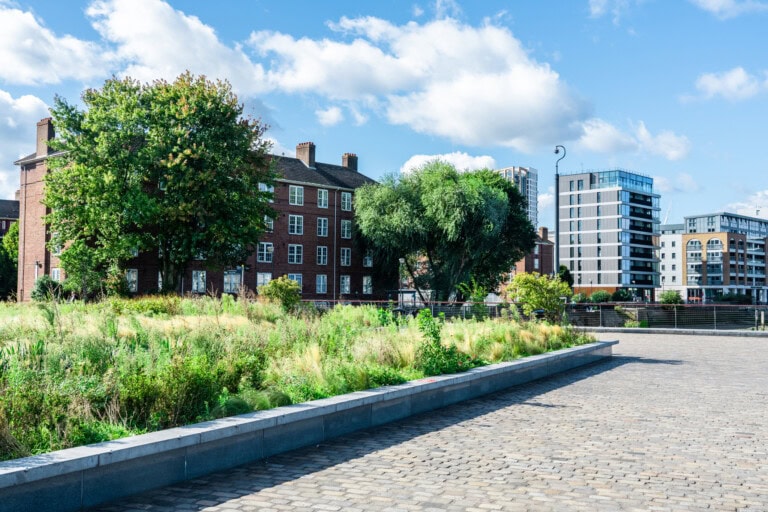
Live Project
NBS Labs
Building on The Value of Urban Nature-Based Solutions report released last year, this project will provide built environment stakeholders with the opportunity to work through some of challenges and solutions of implementing nature-based solutions in an urban context.
Acknowledging that many practitioners are facing similar challenges, the NBS Labs are a place for learning and peer-to-peer knowledge exchange, specifically around maintenance and stewardship, as well as existing buildings and retrofit. You will be able to share your learnings and challenges as well as learn from others who are facing similar issues. In addition, a programme of external speakers who are experts on the topic will offer insights into the state of the art and best practice of urban nature-based solutions. Key findings and insights from these sessions will be shared in a summary output.
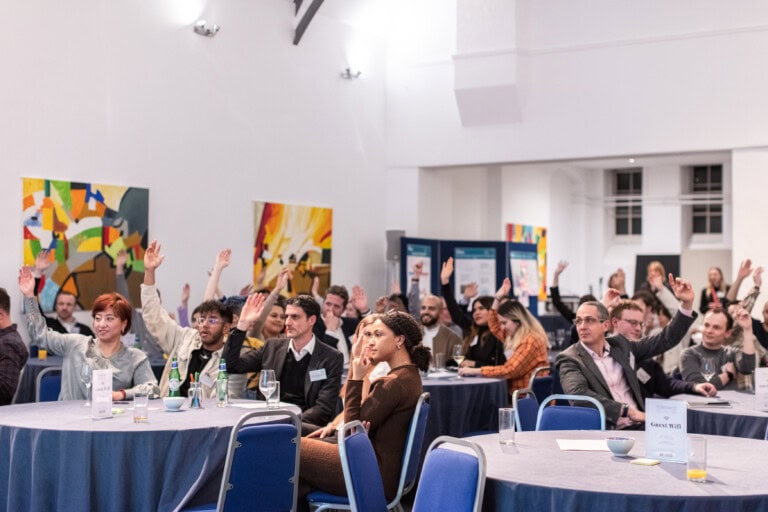
Recent Updates from the NBS Labs
Our Nature Based Solutions Labs continue to meet monthly. The key takeaways from the February meeting included:
- The tactics of trying to get NBS to happen and overcoming barriers using metrics and monitoring were front and centre of discussion.
- The group heard an urban green up evidence summary, which was helpful to understand how to engage clients so that they do these interventions.
- The need to have a cohesive strategy at a wider scale – discussion reflected that nature recovery strategies may help with that.
- Understanding the soil availability, and the need for it when considering the use of different types of NBS solutions, will be critical.
- The potential for NBS solutions to be retrofitted in relation to flood risk and building climate resilience will be important as we adapt our cities to our changing world.
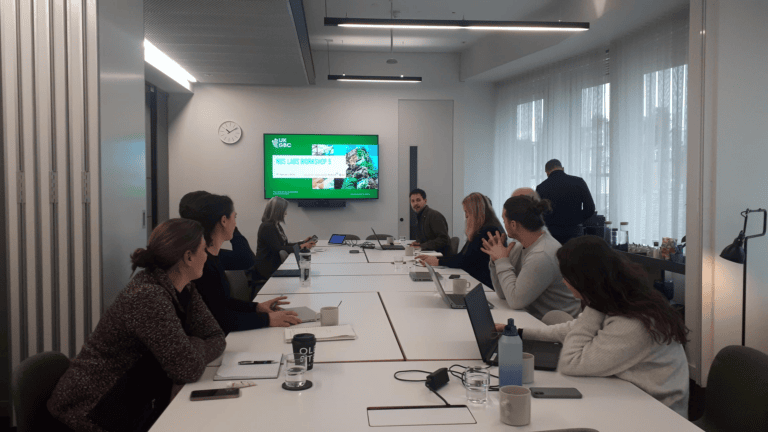
Resources
The Value of Urban Nature Based Solutions
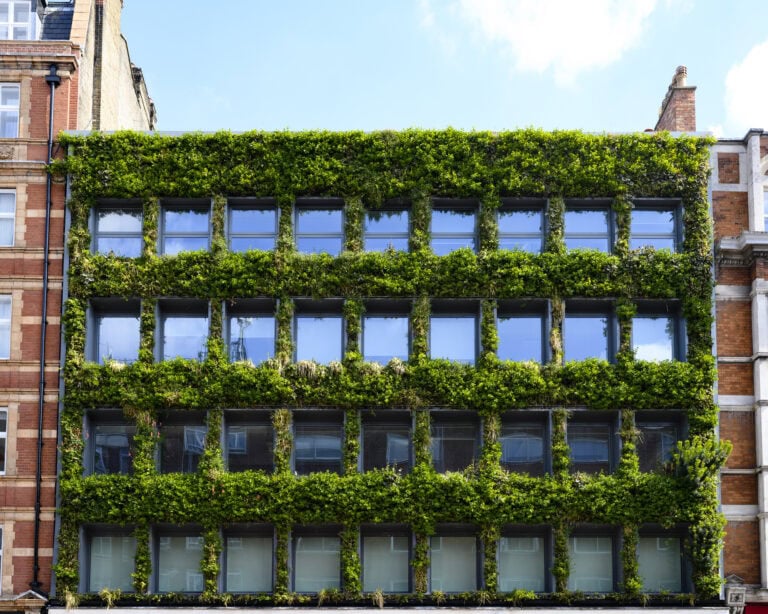
The Nature Recovery and Climate Resilience Playbook
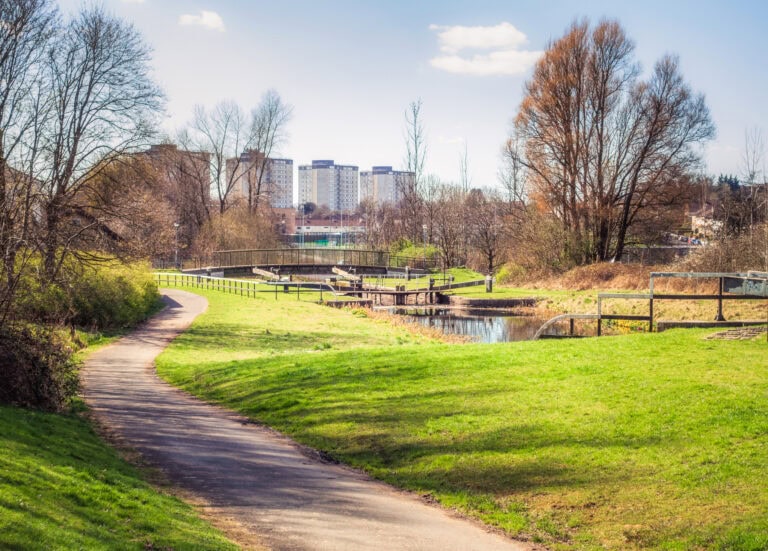
Investing in a Greener Greater Manchester: A nature-based solutions investment guide for local authorities
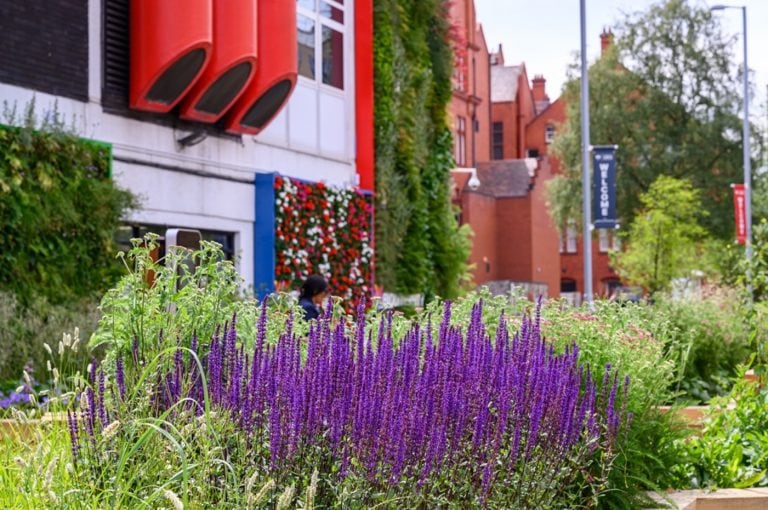
Principles for Delivering Urban Nature-based Solutions

Blogs
UKGBC welcomes Government’s commitment to sustainable drainage systems for new developments
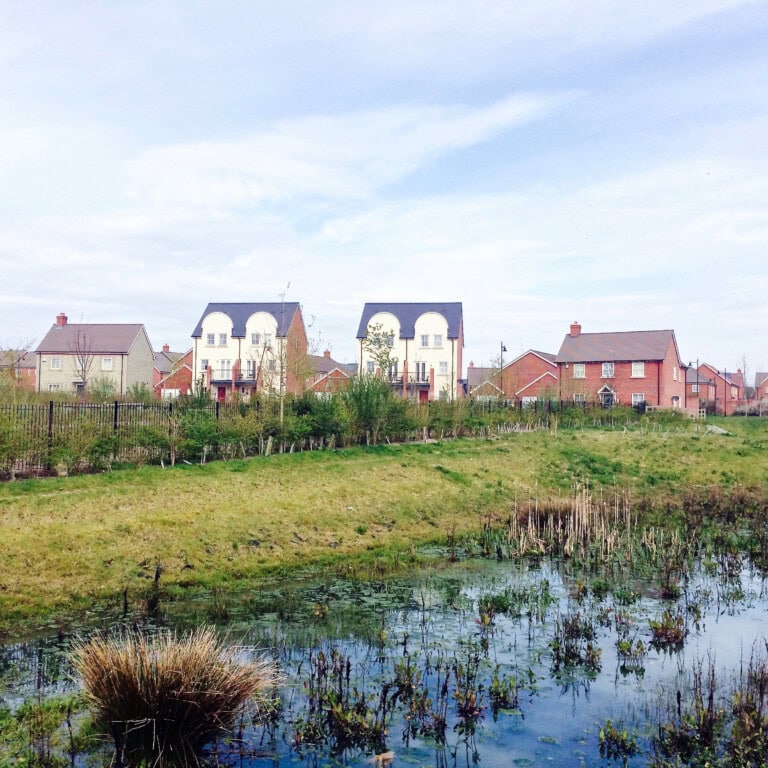
COP15 and rethinking nature on new developments

UKGBC empowers local authorities to develop nature positive, climate resilient communities

How nature-based solutions can create climate resilient places
